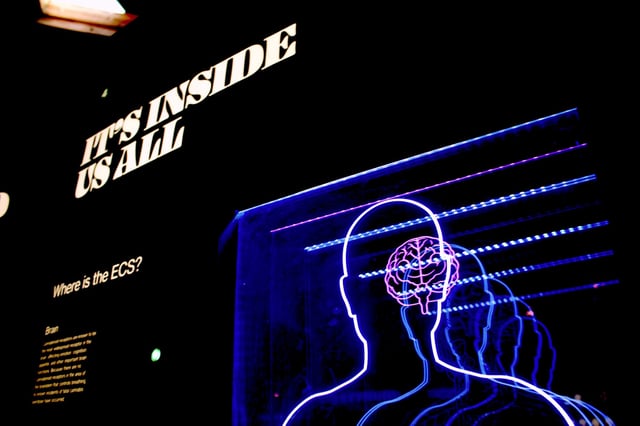Overview
- The study compared 5-MeO-DMT and its nonhallucinogenic analog tabernanthalog in rodents and found that both compounds activate a 5-HT2A–TrkB–mTOR–AMPA signaling cascade to drive cortical neuroplasticity.
- Tabernanthalog acts as a partial agonist at the 5-HT2A receptor, delivering neuroplastic benefits without the full receptor activation that drives hallucinations with classic psychedelics.
- Using genetic tagging and laser ablation, researchers directly linked growth of prefrontal dendritic spines to tabernanthalog’s sustained antidepressant-like effects.
- Unlike 5-MeO-DMT, tabernanthalog does not induce glutamate surges or immediate early gene activation previously thought essential for psychedelic-driven plasticity.
- These findings challenge existing models of psychedelic action and position tabernanthalog as a promising candidate for targeted nonhallucinogenic therapies.
